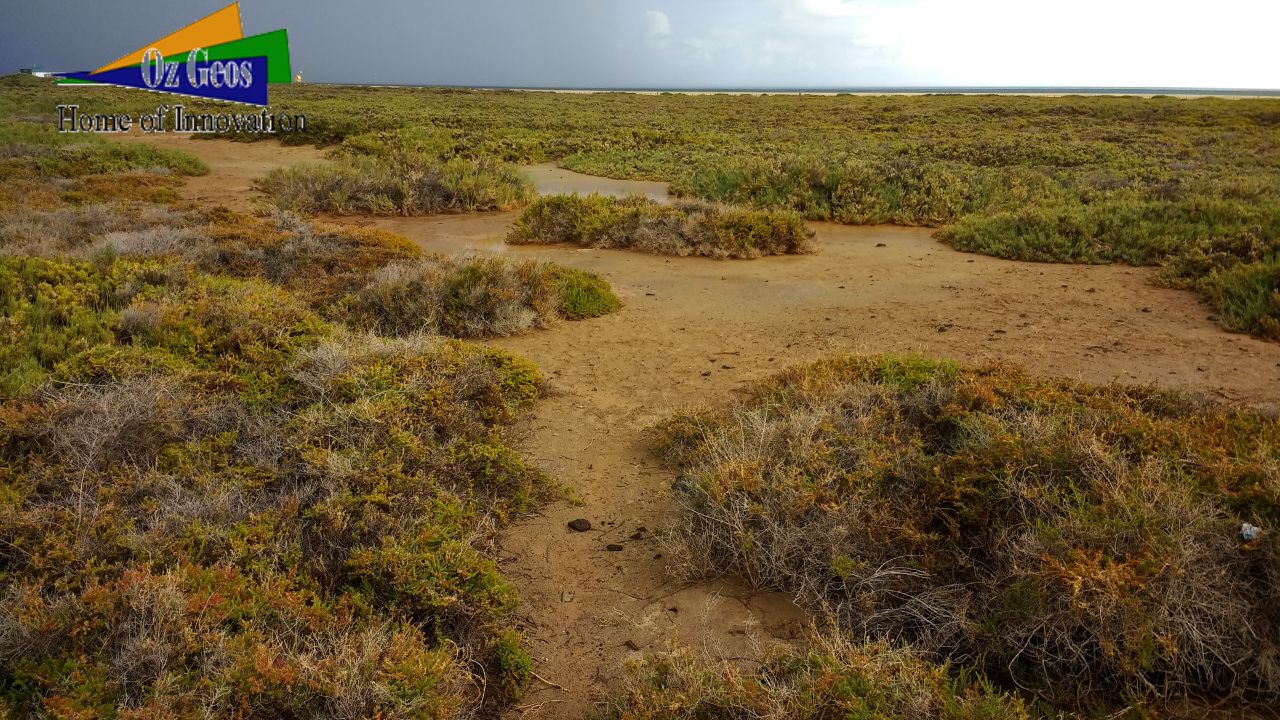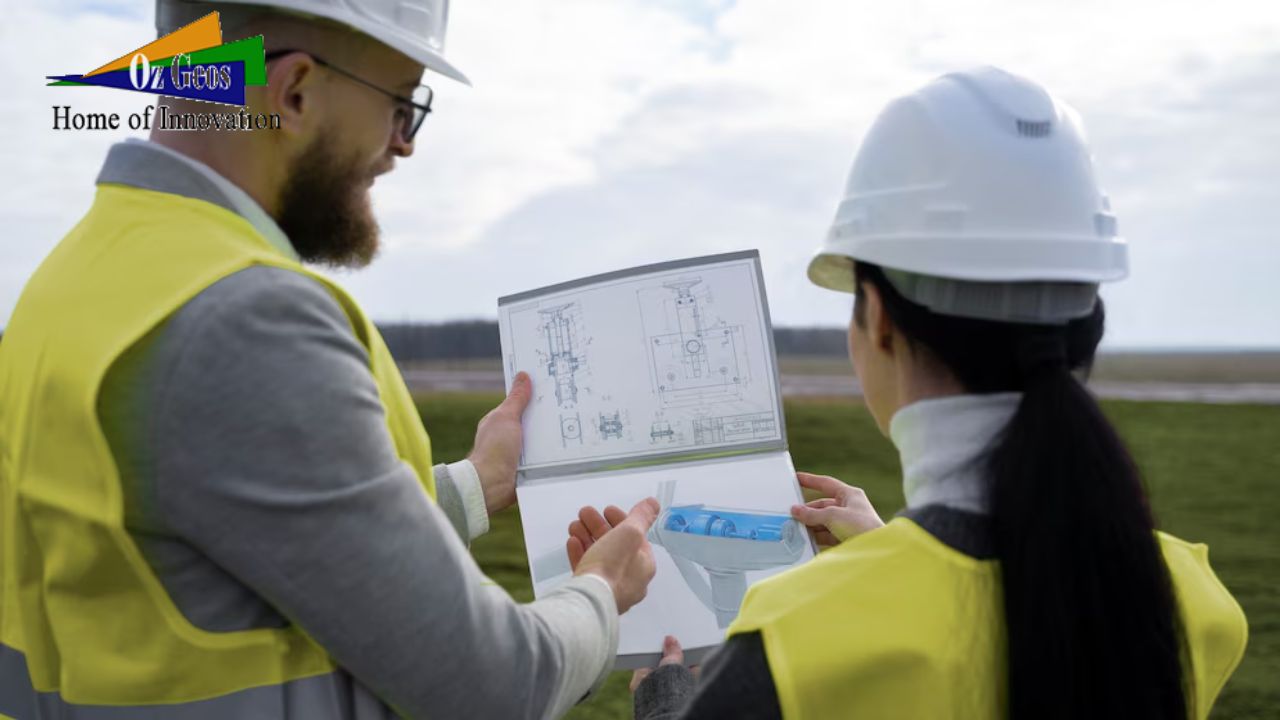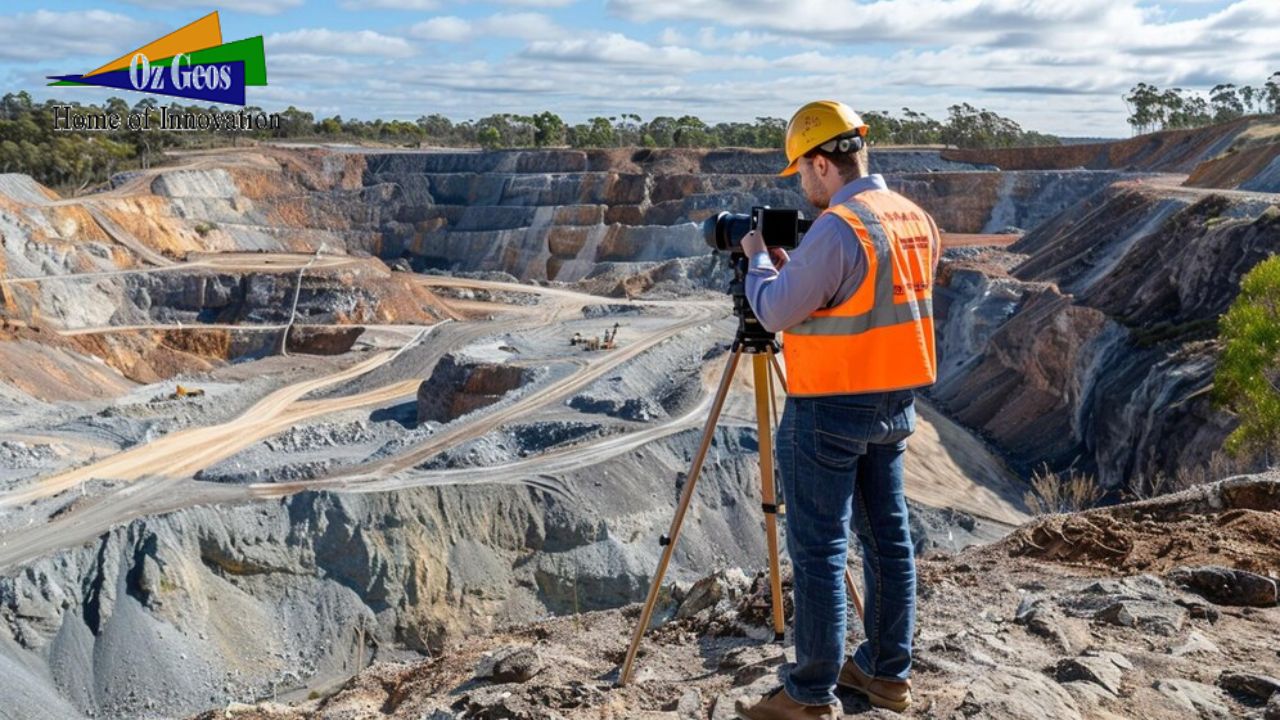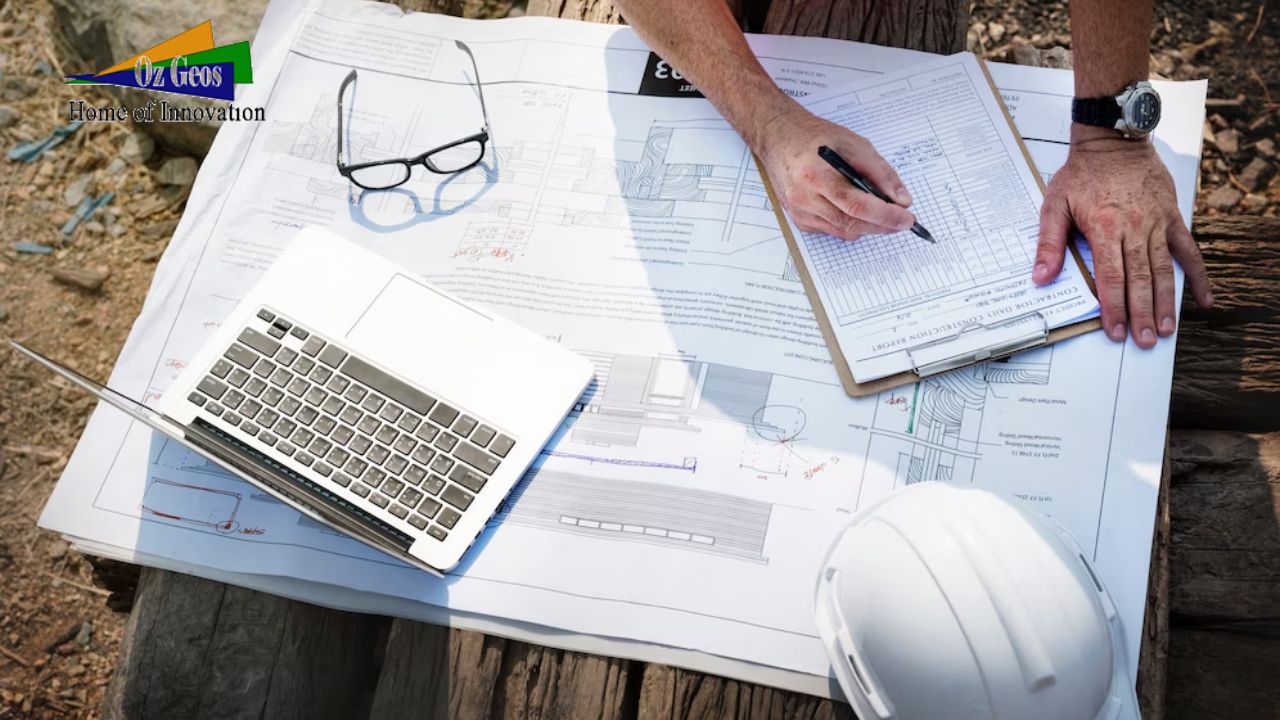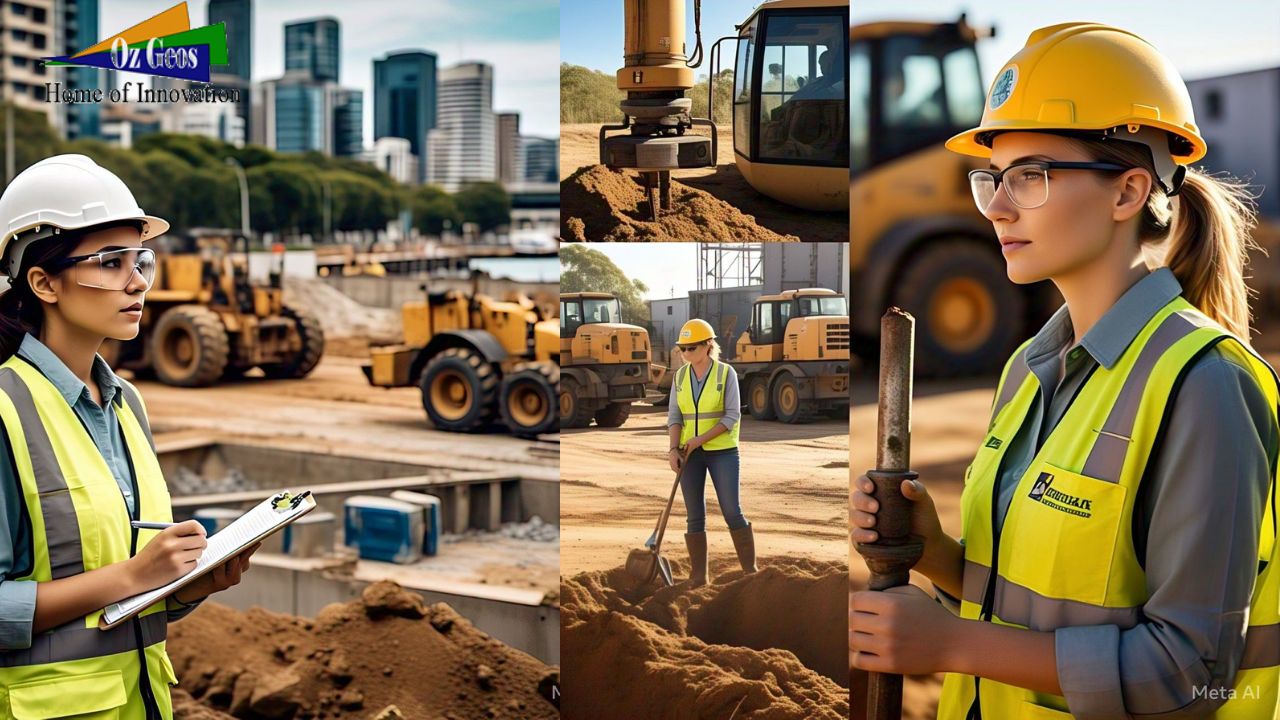Landslip Hazard Zones in Australia: What You Need to Know Before Building!
Landslips pose a significant risk to properties and infrastructure, particularly in areas with steep
slopes or unstable soils. In Australia, certain regions are more prone to landslips due to their
geographical characteristics, weather patterns, and soil types. For property developers,
understanding landslip hazard zones and the requirements for building in these areas is crucial
to ensuring the safety and stability of construction projects. At OzGeos, we specialize in
providing comprehensive landslip risk assessments to help developers navigate these
challenges. In this blog, we’ll explore what landslip hazard zones are, the risks associated with
building in these areas, and the key requirements developers must meet to mitigate hazards.
What Are Landslip Hazard Zones?
Landslip hazard zones are areas identified as being at high risk for landslips, or landslides, due
to unstable soil conditions, steep terrain, or excessive water flow. These zones are typically
found in regions with hilly or mountainous landscapes, where the risk of soil movement is
higher, particularly after heavy rainfall or construction activities that disturb the ground. In
Australia, many of the most vulnerable regions are located in coastal and mountainous areas,
such as parts of Victoria, New South Wales, Queensland, and Tasmania.
Landslip hazard zones are often classified based on their likelihood of landslip events occurring,
which can range from low to high risk. In high-risk zones, landslips may occur regularly, while in
low-risk areas, the potential for landslips is more limited but still present under certain
conditions. These zones are often mapped and monitored by local government authorities and
environmental agencies to help inform land use and development planning.
Why Are Landslip Hazard Zones Important for Developers?
For property developers, building in a landslip hazard zone presents several unique challenges.
The risks of soil erosion, foundation instability, and structural damage are significantly higher in
these areas, which can lead to costly repairs, safety hazards, and project delays. Additionally,
building in these zones requires compliance with strict building codes, regulations, and
geotechnical assessments designed to mitigate landslip risks and protect the long-term stability
of structures.
Failure to properly assess and mitigate landslip hazards can result in structural failure, property
damage, and even legal consequences for developers. Therefore, understanding the risks and
requirements for building in landslip hazard zones is essential for successful and safe
construction projects.
Key Factors Contributing to Landslip Hazard Zones in Australia
Several factors contribute to the identification of landslip hazard zones across Australia. These
include:
- Topography and Slope: Steep slopes are more prone to landslips due to the
gravitational forces acting on the soil and rock. Areas with slopes greater than 15
degrees are typically considered at higher risk. - Soil Composition and Stability: Certain soil types, such as clay and sandy soils, are
more susceptible to erosion and instability. Soils that retain water, such as clay, may
expand and contract with changes in moisture, increasing the risk of landslips. - Rainfall and Water Flow: Heavy rainfall and poor drainage systems can increase water
saturation in the soil, which can lead to erosion and landslip events. Regions with high
rainfall or flash floods are particularly vulnerable to these risks. - Human Activity: Construction, excavation, and vegetation removal can disturb the
natural balance of the soil and make it more susceptible to movement. In these cases,
landslips may occur either immediately or in the years following development.
Landslip Risk Assessments: A Vital Step for Developers
Before beginning construction in a landslip hazard zone, property developers must conduct a
comprehensive landslip risk assessment. This assessment is essential for identifying the level of
risk on a particular site and determining the necessary precautions to prevent soil movement.
At OzGeos, we conduct detailed geotechnical investigations that assess soil composition, slope
stability, groundwater conditions, and drainage systems. Our team uses advanced tools, such
as 3D modelling and remote sensing, to evaluate potential landslip hazards and provide
accurate risk assessments. This data enables developers to make informed decisions about
foundation design, drainage solutions, and other site-specific considerations.
Requirements for Building in Landslip Hazard Zones
Once a landslip risk assessment has been completed, developers must meet specific
requirements to reduce the risk of landslips and ensure the safety of their construction projects.
These requirements may include:
- Site-Specific Design Solutions: Developers must design structures that account for
the specific conditions of the landslip hazard zone. This may involve reinforcing
foundations, using retaining walls to stabilize slopes, or incorporating soil improvement
techniques to increase soil strength. - Proper Drainage Systems: Effective water management is essential to preventing
landslips in high-risk areas. Developers must ensure that the site has proper drainage
systems to divert water away from slopes and prevent water saturation in the soil. This
includes the installation of stormwater drains, culverts, and retention basins. - Slope Stabilization Techniques: In areas with steep slopes, developers may need to
implement slope stabilization techniques, such as soil nailing, geogrid reinforcement, or
terracing. These methods can help secure the soil and prevent it from shifting. - Ongoing Monitoring and Maintenance: In landslip-prone areas, regular monitoring
and maintenance are essential to ensure the long-term stability of the site. Developers
should work with geotechnical engineers to implement a monitoring plan that tracks soil
movement, water flow, and other relevant factors. - Compliance with Local Regulations: Local councils and environmental agencies often
have strict regulations regarding construction in landslip hazard zones. Developers must
ensure that their projects meet these regulations, which may include additional
environmental assessments, permits, and safety measures.
The Importance of Professional Expertise from OzGeos
When building in landslip hazard zones, it’s crucial to partner with a team of experienced
geotechnical engineers who can provide expert guidance and comprehensive risk assessments.
At OzGeos, we have extensive experience working in landslip-prone regions across Australia.
Our team uses the latest technologies and methodologies to assess landslip risks and develop
tailored solutions that meet local building codes and regulations.
Whether you’re planning a residential development, commercial project, or infrastructure
initiative, OzGeos can help ensure that your construction is safe, stable, and compliant with all
relevant requirements.
Conclusion
Building in landslip hazard zones presents unique challenges that require careful planning,
expert analysis, and the implementation of effective mitigation strategies. By understanding the
risks and meeting the necessary requirements, developers can protect their properties from the
long-term impacts of landslips and soil erosion. OzGeos is here to provide the expertise and
support you need for safe and successful construction in landslip-prone areas. Contact us today
to learn more about how our landslip risk assessments can help safeguard your next project.

